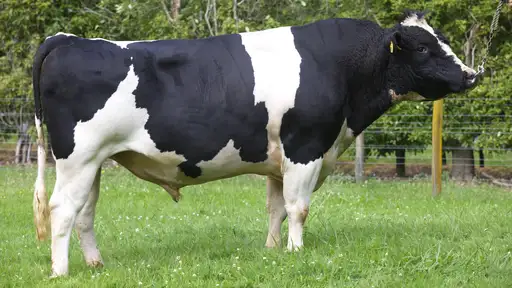By Darren Sutton, FarmWise consultant.
What is at stake?
Basically the next three months of pasture and milk production. We can be fairly safe in assuming that we will get rain and good pasture growth from now until the middle of January. So, during this period the goal is to maximise the cheap feed that is leaping out of the ground. What is the prize? Getting more milk from less dry matter (DM).
Cows don’t need ‘dry matter’ as such. They mainly need energy, protein and some minerals from the pasture. The dry matter is just the delivery box, which we want to be as high quality in energy as it can be.
As pastoral farmers we are energy farmers. We use soils, water, nutrients and solar radiation to make energy units to put through the ruminant to create milk.
Why is energy important?
Metabolisable energy is the fuel running the machine of the cow. The more energy a cow can consume through late spring, the more milk she will produce and have a higher chance of getting back in calf.
What do cows need?
For a cow to produce 2 kg milk solids (MS) per day she will need about 160 megajoules of metabolisable energy (MJME). For a cross bred cow she will need about 55 MJME per day for her body to function and a further 10 MJME to do some walking. So in order to aim for no weight loss or gain she needs to consume 225 MJME each day. If your pasture is of high quality at 12.5 MJME, then she needs to consume 18 kgs of DM each day.
So what am I trying to achieve?
The highest quality pasture each day. How you do that is by leaving the correct residual each day. You never want a ‘fully-fed’ cow on your farm. To do that on a grass based system would require you to have cows going into covers of 3000 kg/ha and leaving a residual at 2500. You are trying to achieve that sweet spot of what is best for your cows and what is best for your pastures each and every day.
A residual between 1500 and 1600 has been proven through research many times to be the best residual for cows and pasture. A residual of 1550 achieved this month allows you to still have high energy intakes next month.
What happens if I get this wrong?
The month of September is not about milk production. It is about setting up the farm to maximise energy harvested (and therefore milk production).
If you do a rotation of the farm in September and October leaving residuals of 1700, then the next round will mean that every bite of pasture that cow takes has fallen to 12 ME and is harder to harvest and process. Therefore, your cows may still eat the 18 kgs DM, but have now only harvested 216 MJME. This results in either milk production falling or, if she is a high PW animal, the cow is likely to fall into a slight energy deficit and start losing weight as she keeps producing 2 kgs MS/day. This means that your repro performance is likely to suffer.
What tools are there to get it right?
Plate metering and spending 15 minutes each day planning feeding decisions can make a massive difference!
Look at what the cows are telling you. The person getting the cows out of the paddock must pass the residual information to the person making the feeding decisions. The best way to get the right residual is to work out the right pre-graze.
If there is a genuine surplus that cows cannot eat, then skip grazing for 1-2 weeks and cut for silage.
If you must, pre-mow or top behind cows to correct mistakes.




